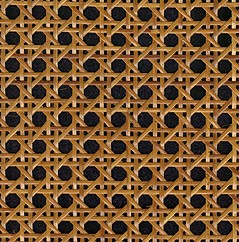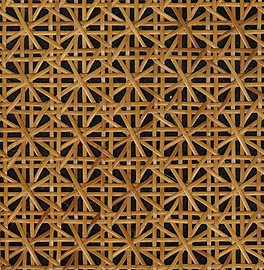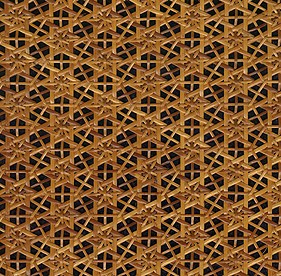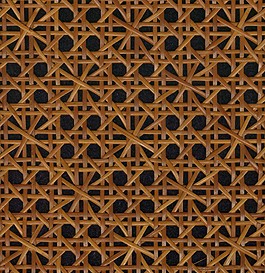|
The CaneWeaver
|
|
Hand-Woven Cane Seating
|
|
Caning was quite commonly used in Carolean furniture around 1660 in England and has continued in use for seating and decoration purposes. It's popularity hasn't diminished in the least today. Cane seats were undoubtedly introduced out of a desire for something light and substantial, something which complimented the popular oak furniture of that period. Cane has the ability to enrich flat areas and lighten the appearance of heavy, cumbersome furniture. Hand-Woven Cane should not be confused with Pressed Cane Webbing. Please see the page about Pressed Cane Webbing to determine the difference. The Traditional Weave
Many people have only seen the Traditional Weave which was originally used in this style of furniture.
 |
| Home | Hand-Woven Cane Seating | Pressed Cane Webbing | Fibre Rush Seating | Shaker Tape Seating | Other Types of Seating | Plaited Baskets | Arrangements for Service |





